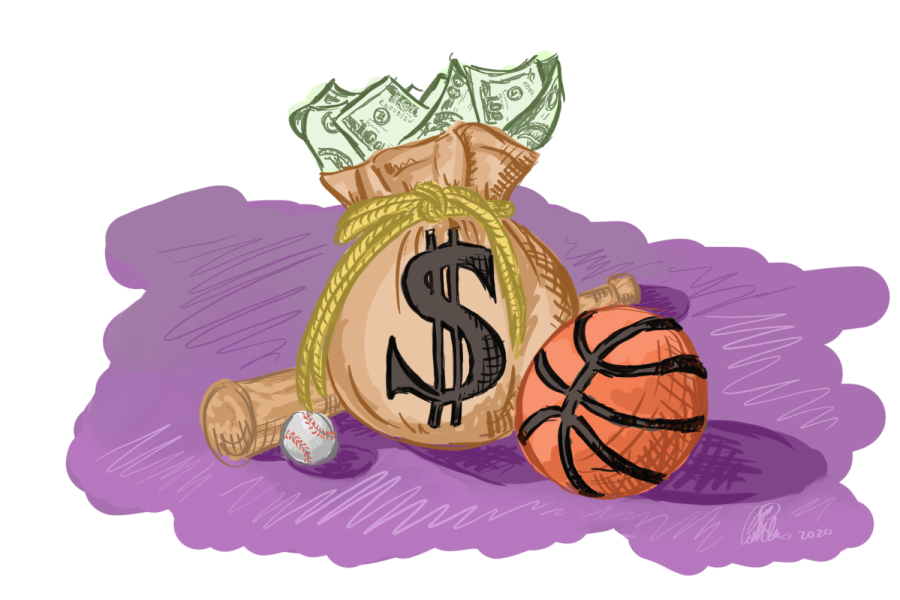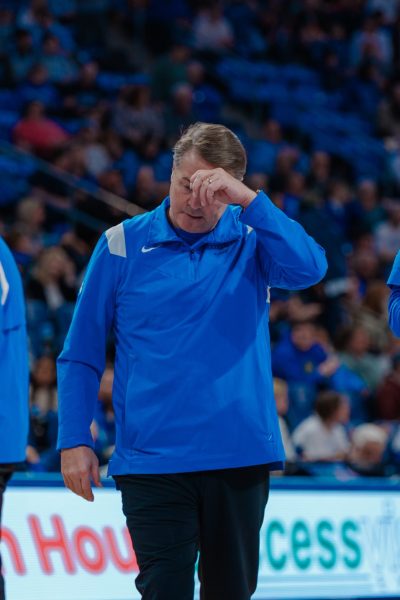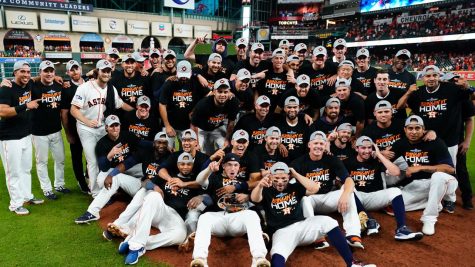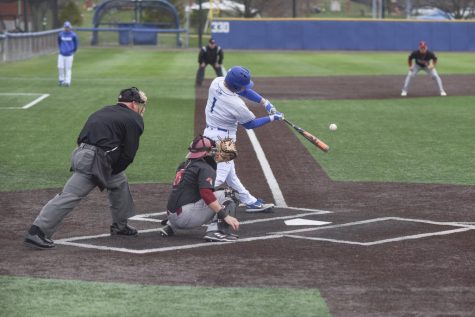Pandemics and Profits
On March 11, the sports community was brought to an abrupt and unanticipated halt. The coronavirus pandemic had reached the U.S., and the sports world was one of the first industries impacted. First, games were planned to proceed without fans, but the inevitable occured. The NCAA canceled its marquee March Madness Tournament, and after NBA player Rudy Gobert tested positive for COVID-19, the NBA quickly suspended its season. Within the next 24 hours, the NHL, MLB, MLS and XFL all followed in canceling contests. Soon, almost all amateur and professional sports in the nation were put on hold. The timeline for resuming competitions is not clear, but it is apparent games will not be played in the near future.
At a moment when the magnitude of the pandemic was not yet felt within the U.S., the NBA and other sports organizations stepped up to take action before many states and the federal government. These actions underlined how serious COVID-19 had become. The sports world would pause, massive profits for the 160 billion dollar industry would be lost and thousands would be left without jobs. The financial impact of the decisions to suspend contests were enormous, and the effects will have drastic impacts on individuals, teams and leagues for years to come. For some organizations, COVID-19 could be a death sentence. Let’s take a glance at the financial effects of COVID-19 by league.
The National Basketball Association
With teams having around 15 to 18 games left in the regular season and a four-round playoff schedule that reaches into mid-June, the NBA will miss out on 350 to 450 million dollars in regular season ticket sales. It is estimated that those sales make up around 20 to 25 percent of league revenue. Factoring in the playoffs, parking, concessions and other activities like merchandise, the NBA is losing out on at least a billion dollars. This includes players losing 1.08 percent of their salary for each game not played. With the playoffs factored in, COVID-19 may set the association back multiple billions.
The National Collegiate Athletic Association
It is no secret about the money-maker that is March Madness. The NCAA’s main event was canceled along with all other winter and spring championships. The 68 team men’s basketball tournament generates roughly 75 percent of all revenue for the amatuer association. Fox Business states that $933 million earned from the tournament in 2019, and that will not be heading into the pocket books of the 353 universities that make up the association in 2020. Tens of millions will also be lost from the spring season cancellation. The pandemic will effectively challenge the NCAA’s model of using scholarships and amateur athletes to generate income. Those scholarships are still being given to athletes, so little overhead costs will be regained like that of several professional sports leagues. The salaries for athletes are not able to be unpaid, but the NCAA’s main revenue source was absent. COVID-19 could change the amatuer-model for good along with the Name, Image, and Likeness movement within the organization. It remains to be seen if the “Rainy Day Fund” managed by the association will be enough to effectively support the member schools’ athletic departments and their athletes.
The National Hockey League
As the NHL nearly mirrors the NBA in scheduling, the top hockey league in the U.S. is experiencing a similar economic challenge. The last fifth of the regular season and the postseason are expected to be lost. Where the NHL will suffer more than the NBA is its reliance on ticketing and its labor agreement. The NHL has a significantly smaller television audience, and it does not have the ability to relinquish player salaries during the pandemic. Upwards of 1.5 million dollars in revenue per home game will be lost by individual owners while player’s salaries will still be paid. One advantage for the hockey league is the experience of its labor strike in 2004-2005, where no games took place. With a fairly recent major revenue loss event, the NHL knows how to get by without a profit in the short-term.
The XFL
The new spring football league was forced to stop play just five games into its inaugural season, and the outlook may not be bright. Founder Vince McMahon took a large capital investment into the league, and losing 50 percent of the regular season and all of the playoffs could be the end of the XFL before it or the St. Louis Battlehawks could even catch flight. The league plans to pay all players their full salary for this season, but it will come at a large financial deficit to owners and McMahon. McMahon had said he would invest up to 500 million in the league, and that the league plans to return in 2021. Strong broadcast deals already in place may prop the league up for a while, but the league will need help and possibly some luck to make it to the 2021 season.
.
Major League Soccer
Only a few games into the 2020 season, the MLS is going to be hit hard by the pandemic. TV revenue is a small fraction of the league’s revenue, and with 30 plus regular season games in limbo, the league’s owners may miss out on over $200,000 in revenue each home game. With four expansion teams set to join the league in the next two seasons, the pandemic throws a wrench into the explosive growth of the 26 team league. The MLS won’t fold, but hundreds of millions could be lost if games are not played this season.
Major League Baseball
One of the most puzzling cases in U.S. sports is how the MLB will face the COVID-19 challenge. With less than two weeks before the regular season began, players were sent home from Spring Training. Playing all 162 regular season games or a number even close to that seems unrealistic at this point. A quarter, half or all of the nearly 11 billion dollars of revenue the league brings in yearly could be wiped out depending on when or if games begin. The 2020 season is in flux for the sport right now, and it comes at a significant profit loss.
The Bottom Line
The pandemic that is COVID-19 is wrapped in uncertainty, and the sports world is not spared from that uncertainty. Like restaurants, airlines and performance venues, the sports industry is not able to put its product out there in a way that creates a profit. Until social distancing is eliminated and fans can return to the stands, each league will struggle to make its piece of the 160 billion dollar pie. At the end of the day, sports are a business; if a business is unable to turn a profit, it will not last long. For the sake of the leagues, owners, athletes, fans, team employees, event workers and service industry workers, we can only hope for the pandemic to run its course and for money to flow again.
Your donation will support the student journalists of Saint Louis University. Your contribution will help us cover our annual website hosting costs.












